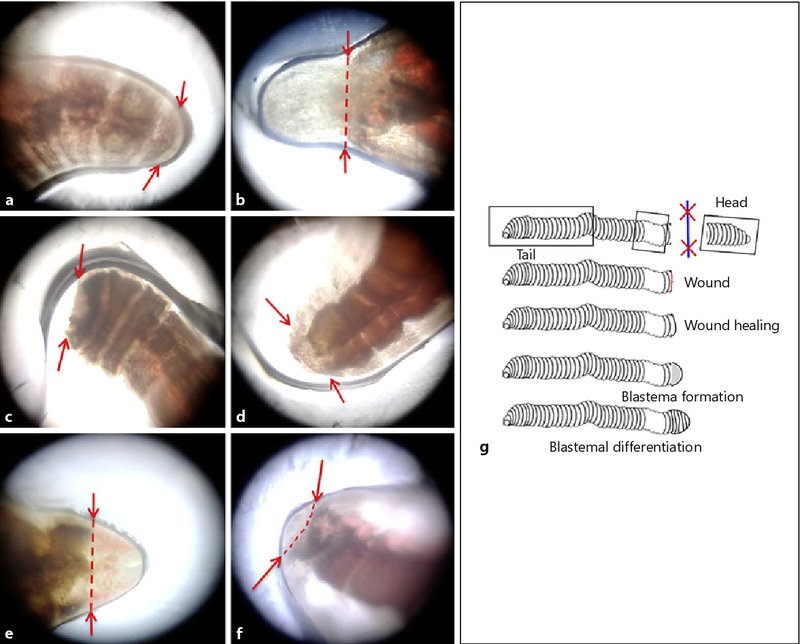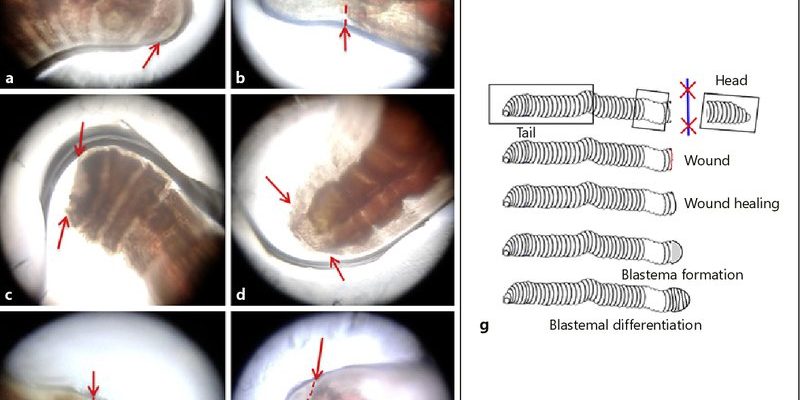
When earthworms get hurt or even cut in half, they can heal and regenerate lost segments of their bodies. This incredible skill isn’t just a neat party trick; it plays a crucial role in their survival. Understanding how earthworm regeneration works isn’t just for biology buffs. It has real implications in areas such as ecology, medicine, and even robotics. So, grab a cup of coffee, and let’s dig into the world of earthworm regeneration.
What is Earthworm Regeneration?
Earthworm regeneration is the process by which these creatures can regrow lost segments of their bodies. Most commonly, this happens when they are accidentally cut in half by predators or harsh environmental conditions. The amazing thing is that if an earthworm loses its tail, it doesn’t just sit there and sulk. Instead, it activates special cells that can turn into new tissue, essentially rebuilding itself from the inside out.
The regeneration process is complex but can be broken down into a few key stages. Initially, when an earthworm loses a part of its body, it begins to form a *wound closure*. This means that the area where it was injured starts to seal up. After this initial healing, the real magic begins. Cells in the injured area start to multiply, slowly transforming into the necessary tissues and structures that make up the worm’s body. In simple terms, it’s like an artist creating a sculpture from clay—molding and shaping until the piece is complete.
Interestingly, while earthworms can regenerate, they don’t regenerate perfectly. The new segment might not have all the original features. For example, if an earthworm regenerates its tail, the new tail could be shorter or miss some of the segment’s original characteristics. But hey, it’s still impressive!
How Does Regeneration Work?
You might be wondering, “How does this regeneration actually happen?” Well, it all boils down to a combination of biology and chemistry. When an earthworm is injured, it activates specific cells called *neoblasts*. These cells act like stem cells—they can develop into different types of tissue.
Once the wound is healed, neoblasts start working overtime. They move to the injury site and begin the process of differentiation. This means they specialize into the various cells needed to make muscles, skin, and, crucially, the digestive system. It’s a remarkable orchestra of biological processes. Think of it as a team of builders working together to construct a house after a storm.
For a worm, this regeneration process can take several weeks. During that time, it relies on its diet and environment to provide the nutrients necessary for rebuilding. So, if you ever see a worm that looks a bit chunky, it might just be bulking up for its big regeneration project!
Why is Regeneration Important for Earthworms?
Regeneration is more than just a cool trick; it’s vital for the earthworm’s survival. In the wild, earthworms have many predators, from birds to small mammals. If they can’t escape, their only hope is to survive long enough to regenerate. Being able to regrow a lost segment means they can continue to live and contribute to their ecosystem, which is crucial for soil health.
Moreover, earthworms play a significant role in maintaining soil structure and fertility. As they burrow and consume organic matter, they help aerate the soil and create nutrient-rich castings. If a population of earthworms can regenerate effectively, they can sustain themselves and ensure that the soil remains healthy and productive.
Additionally, scientists are researching the mechanisms behind earthworm regeneration to inspire advancements in medicine. If we can unlock the secrets of how these little guys heal, it might lead to breakthroughs in how we treat injuries or diseases in humans. So, the next time you think about earthworms, remember—they’re not just soil dwellers; they’re little marvels of nature!
Limitations of Earthworm Regeneration
While regeneration is a fantastic ability, it’s not without its limitations. For starters, not all earthworms can regenerate perfectly. Some segments might not grow back, or the new part may lack functionality. For example, if a worm loses its anterior segment, which contains vital organs, it may not survive the injury at all. This is because the new segment may not contain essential structures like the brain or reproductive organs.
Another limitation is the time it takes for regeneration to occur. Depending on the temperature and the worm’s overall health, it could take several weeks or even months for a full regeneration. During this time, the earthworm is vulnerable to predators and environmental hazards, which presents a significant risk.
So, while earthworms are impressive in their regenerative abilities, they don’t have a perfect system. It’s a bit like having a backup plan that isn’t foolproof, but it’s better than having no plan at all!
Comparing Earthworm Regeneration to Other Species
When we think about regeneration, earthworms aren’t alone in the animal kingdom. Many creatures possess this ability, but the extent and complexity can vary wildly. For example, starfish can regenerate entire limbs, and some lizards can regrow their tails. However, the mechanism and efficiency of regeneration differ from species to species.
Take axolotls, for instance. These fascinating creatures can regenerate not just their limbs but also their heart and parts of their brain. They have incredible regenerative capabilities that outshine earthworms. However, axolotls are aquatic creatures, meaning their regeneration happens in a completely different environment.
In contrast, earthworms live underground and deal with different risks. Their regeneration is often a survival mechanism in reaction to predation and environmental challenges. Each species has adapted its regenerative processes to fit its ecological niche. This diversity in regeneration strategies raises intriguing questions about evolution and survival.
Earthworm Regeneration and Human Applications
The regenerative abilities of earthworms hold valuable lessons for human medicine. Because these creatures can regenerate their tissues efficiently, scientists are keen to understand the underlying mechanisms at play. By studying earthworm regeneration, researchers hope to uncover insights that could influence regenerative medicine in humans.
For example, if we can pinpoint the exact cellular processes that allow worms to regrow lost segments, it might pave the way for developing treatments for human injuries or degenerative diseases. The ultimate goal? To help humans regenerate tissues in similar ways, reducing the need for surgeries or long recovery times.
Moreover, research on earthworm regeneration could inform advancements in *bioengineering*. Imagine developing bio-compatible materials that can mimic the regenerative properties of earthworm tissue. This could lead to new approaches in wound healing or even organ regeneration. It’s fascinating to think about how a humble earthworm could inspire significant breakthroughs in medical science!
Earthworm regeneration is a remarkable process that speaks to the resilience of nature. These slimy gardeners of the earth not only help enrich our soil but also possess a fascinating ability to heal and regrow. While they may not regenerate perfectly or quickly, their skills are essential for their survival and our ecosystems.
As we continue to study these remarkable creatures, we uncover not only the secrets of their regeneration but also potential applications in fields like medicine and bioengineering. So, the next time you see an earthworm wiggle by, remember that it’s not just a simple creature; it’s a living example of regeneration and resilience, teaching us valuable lessons about healing and recovery.

